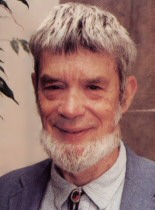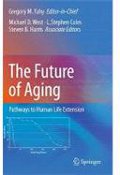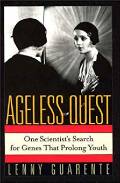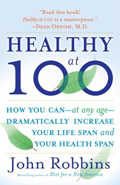George C. Williams Expands On The Theory Of Antagonistic Pleiotropy
 Who:George C. Williams
Who:George C. WilliamsWhen:February 26, 1957
Methods: By defining assumptions and providing set expectations
Institution: Michigan State University
Where: East Lansing, Michigan, U.S.A
In 1957 George C. Williams built upon work of Bidder, Haldane, Comfort, and Medawar to expand and formalize the theory of Anatagonistic Pleiotropy. In short, the theory states that senescence (aging) evolved as a result of pleiotropic genes that confer advantages in youth but are detrimental later.
Williams considers a case where you have an organism that does not age, how can such an organism ever be out-competed? Perhaps an individual in the species evolved an advantage in youth that later caused aging.
Williams formalizes his theory based on the following four assumptions:
- A soma that is essential to reproductive success but no part of which is passed on in either sexual or asexual reproduction
- Natural selection of alternative alleles in a population
- Pleiotropic genes of a special sort. It is necessary to postulate genes that have opposite effects on fitness at different ages, or, more accurately, in different somatic environments.
- Decreasing probability of reproduction with increasing adult age.
Williams then expounds the following expectations from his hypothesis
- Senescence should be found wherever the conditions specified in the theory are met, and should not be found where these conditions are absent.
- Low adult death rates should be associated with low rates of senescence, and high adult death rates with high rates of senescence.
- Senescence should be more rapid in those organisms that do not increase markedly in fecundity after maturity than those that do show such an increase.
- Where there is a sex difference, the sex with the higher mortality rate and lesser rate of increase in fecundity should undergo the more rapid senescence.
- Senescence should always be a generalized deterioration, and never due largely to changes in a single system.
- There should be little or no post reproductive period in the normal life-cycle of any species
- The time of reproductive maturation should mark the onset of senescence.(See Gompertz Curve)
- Rapid individual development should be correlated with rapid senescence.
- Successful selection for increased longevity should result in decreased vigor in youth.
References




